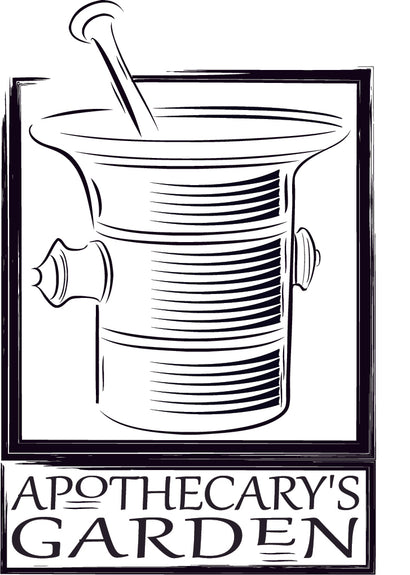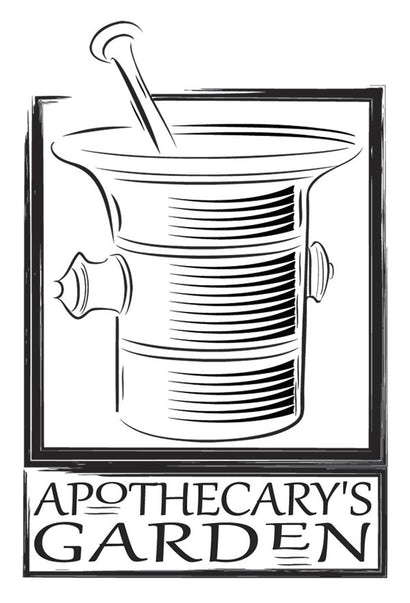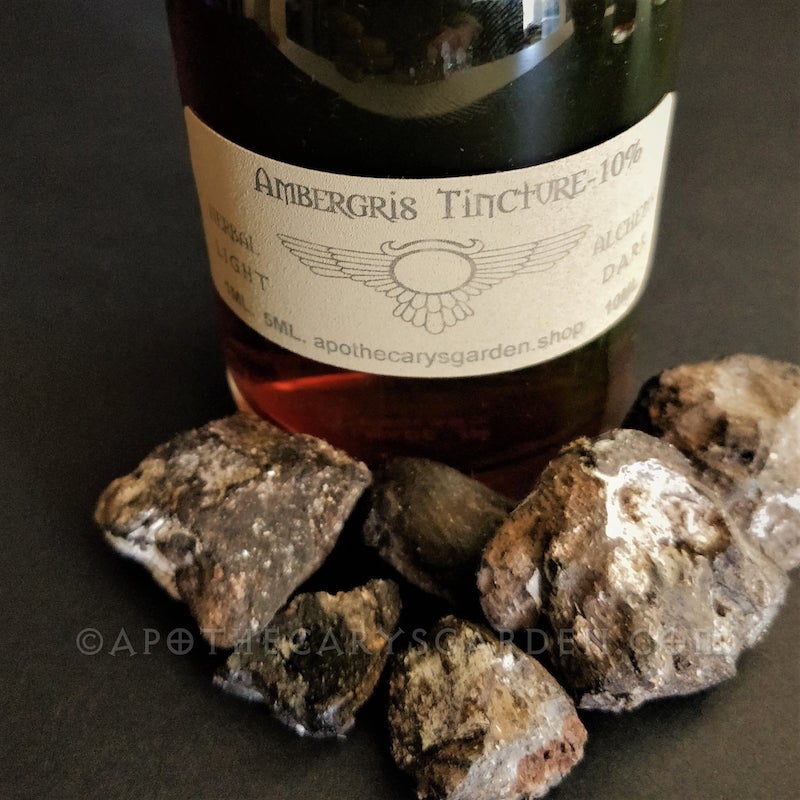

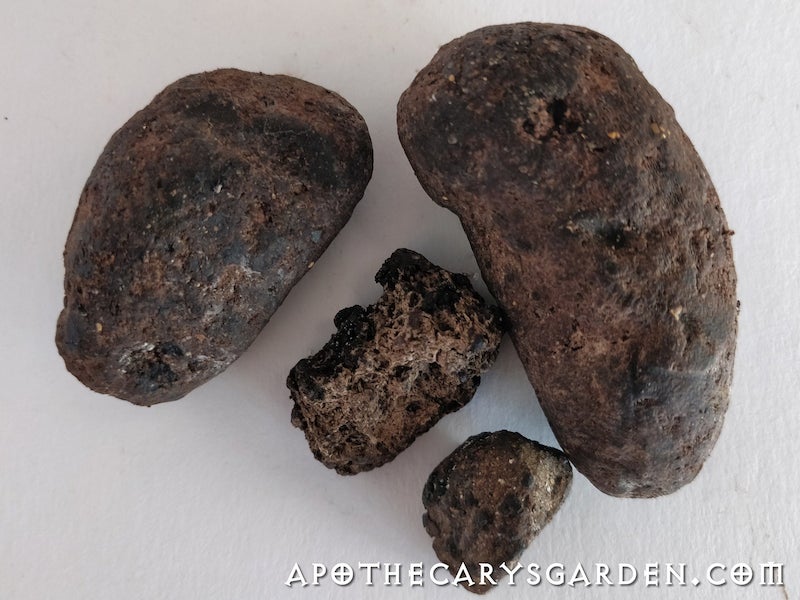
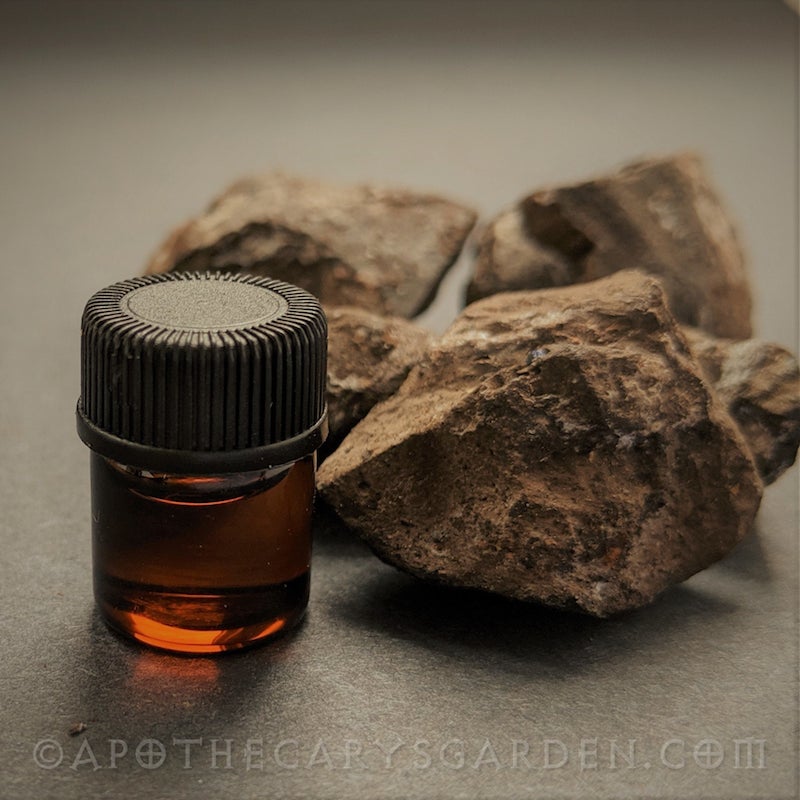
Ambergris Tincture
This is a WOW Ambergris tincture! Im truly impressed with how it turned out! I prepared it with 70% white Atlantic Ambergris and 30% rich, gold Ambergris from the Caribbean. The result after almost a year of maceration is stunning!!
Both the 5% and the 10% tinctures are from this unique hybrid batch. I diluted the 10% ambergris tincture to 5% with charcoal filtered 95% food-grade alcohol. They have the exact same aroma profile.
This Ambergris tincture pops! Only a small amount is needed to transform a perfume.
It reaches up and immediately grabs your attention with vibrant, bold musk notes. They are sweet, warm, and earthy, followed by a hint of petrichor and dark, aged tobacco. I can smell no marine notes, and it is void of the fecal notes often associated with darker Ambergris.
Ambergris
.
Ambergris is one of those classic mystical ingredients that we find revered and referred to in many ancient texts and cultures.
Expelled through excretion or emesis by the Sperm whale, (depends whom you ask), Ambergris is thought to form in the digestive tract as a response to the irritation of residual squid beaks and cuttlefish bones which the whale cannot digest.
With the aid of a waxy compound produced in the whale's bile duct, a substance is created which coats the irritants and builds up in layers over the irritants. These layers are one of the indicators of real Ambergris. (Many materials that look similar to ambergris are regularly found on oceanic beaches around the world).
Once Ambergris exits the whale it can float on the ocean for years and lie undiscovered on a beach for decades.
Ambergris has been used as medicine and in food, it is considered an aphrodisiac in many cultures and of course, it has been a key ingredient in the creation of perfume and incense for thousands of years.
Like other natural animalic fragrance compounds, the magic and power of Ambergris lie not in the physical olfactory strength of its aroma.
Ambergris does not have an intense fragrance and does not transform a perfume by simply contributing its aroma proportionally to a blend. Instead, it operates in a less obvious and covert manner, as if anchored in the interstices of aroma, rounding out or pulling together a bouquet from underneath, or inside. It adds depth, tenacity and extra dimension to compositions by means of a mechanism that is not well understood.
Ambergris is most often used in an alcohol tincture at a very low 1% to 3%.
Typically, a tincture of Ambergris will be left to macerate at least 6 months before it is considered ready to filter and use.
To a great degree, all animalics work on the principle of more is less.
You can purchase pure Ambergris in the shop here- https://apothecarysgarden.com/product/ambergris-gold-brown-grey-a-rare-aromatic-and-traditional-perfume-ingredient/
Dan
Materials: Ambergris, 95 percent Ethanol.
